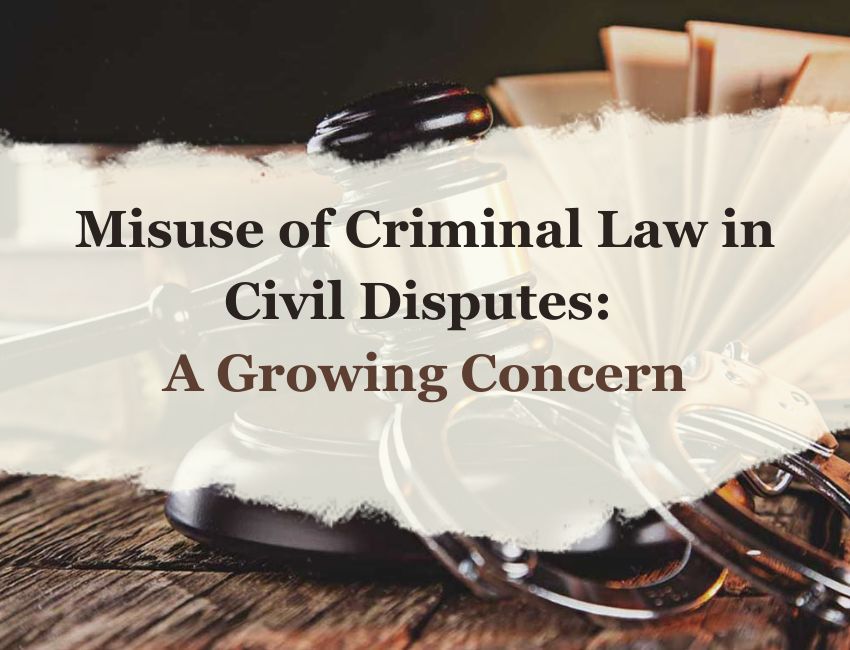Patherya, J.@mdashBy this writ petition the petitioner seeks a declaration that the Selection Committee constituted pursuant to order dated 21st January, 2006 for selection of Anganwadi Workers is bad in law.
2. PETITIONER''S CASE
2.1 The case of the petitioner is that under the Integrated Child Development Services (ICDS) scheme, (scheme) Anganwadi Workers and Helpers are appointed. The said Scheme was launched in 1975 by the Central Government and guidelines issued. On the basis of such guidelines the Selection Committee is to be constituted. Such guideline was revised in November, 2006 by the Central Government which postulated that a Medical Officer of the Primary Health Centre was to be included in the Selection Committee. The said revision was communicated to the Secretaries of the ICDS Cells. Pursuant to the guidelines issued by the Central Government on 25th January, 2006 the Government of West Bengal issued an administrative order wherein the Constitution of Selection Committee was set out. The said Government Order is contrary to the directives issued by the Central Government with regard to the Constitution of the Selection Committee and required approval of the Central Government.
2.2 Some of the States were not following the guidelines framed by the Central Government and on 28th May, 2007 a specific decision was taken not to include Members of the Legislative Assembly (MLA) as Chairperson, as Anganwadi Workers are honorary and grass root functionaries under the ICDS Scheme. The State ignored the said instructions, and continued to include MLAs in the selection process. This renders the Constitution of the Selection Committee bad.
2.3 The ICDS Scheme was initiated under Article 39(f) of the Constitution. Article 162 of the Constitution empowers the Governor to issue administrative orders. Entry-6 in List-II of the 7th schedule entitles the state to enact legislation. Entry-20 of List-III of the 7th schedule entitles the Central Government and all the State Government to enact laws. Admittedly, under Entry-6 of List-II no law has been legislated by the State Government. Therefore, the guidelines have been issued by the Central Government under Entry-20 of List-III and the States have been asked to implement the same.
2.4 90% of the funds for administrative purposes is received from the Central Government while in case of nutrition it is shared equally by the States and the Central Government. The said Scheme is run under the 5 year Plan of the Central Government. Therefore, it is a Scheme of the Central Government which has been sought to be implemented by the States.
2.5 The Union of India has the power to make laws under Article 73 of the Constitution of India. For such proposition reliance is placed on
3. STATE RESPONDENT''S CASE
3.1 Counsel for the State respondent submits that the Scheme of 1975 is a Scheme of the Government of India, and the State Governments are the implementing agencies. There is no Central or State enactment, in respect of the said Scheme. The guideline is a mere suggestion. Therefore, implementation is at the discretion of the State.
3.2 On 8th April, 1985, an executive instruction was issued under Article 162 of the Constitution, which is not only binding but has legal force. The exclusion of the MLA is not supported by any rational as the Chairman of the Municipality continues to be a member of the Selection Committee. The directive principles of the State policy are not germane to the issue and the policy decision may defer State to State.
3.3 There has been no enactment by the State, although the subject is in the State List. In 1985 and 2006 by executive orders these guidelines have been implemented. From a reading of the letter dated 28th May, 2007 it appears that a request has been made which has no binding effect. The said letter is not an executive order nor issued in the name of the President.
3.4 The Monitoring and Tender Committee also includes a MLA against whose inclusion the petitioners have an objection. He is not a party in the instant writ petition and the writ petition for non-joinder of party is liable to be dismissed. Reliance is placed on
3.5 The petitioner is the Sabadhipati of the Panchayat Samiti and seeks to be appointed as a Chairman by virtue of the Memorandum dated 25th January, 2006. Therefore, no order be passed on this application.
4. PETITIONER-IN-REPLY
4.1 Counsel for the petitioner in reply submits that the letter dated 28th May, 2007 has been issued under Article 53(I) of the Constitution and has the force of an executive order, therefore, orders sought be passed.
5. CONCLUSION
5.1 Having considered the submissions of the parties the petitioner seeks to challenge the Constitution of the Selection Committee and thereby seeks stay of the process initiated under the Notification dated 9th November, 2009.
5.2 On a comparative reading of the Government Order dated 25th January, 2006 and the communication dated 28th May, 2007, the said communication can by no means of imagination be termed as an executive order and therefore has no legal force. On the other hand, the order dated 25th January, 2006 has been issued under Article 162 of the Constitution of India and is binding. In fact, on 2nd November, 2006 instructions were issued by the Ministry of Women and Child Welfare, Government of India, regarding the Constitution of the Selection Committee. On the basis of such instructions/suggestions executive orders were issued.
5.3 The said were not administrative orders issued by the Central Government as the Welfare for Women and Child is not included in the Union list or in the Concurrent list but finds mention in the State list in the form of Public Health.
5.4 In the event, it was a subject either in the Union list or Concurrent list Parliament could have enacted a law and also issued orders under Article 73 of the Constitution of India. Instead suggestions and instructions have been issued with a request to implement.
5.5 In the letter dated 28th May, 2007 the decision though taken by the Central Government a request is made to the states to implement it therefore it was not mandatory for the states to implement the request. The said letter cannot be construed as an order, executive or administrative as it has not been issued in the name of the President.
5.6 There is no dispute with the proposition of law laid down in
5.7
5.8
5.9 The letter dated 28th May, 2007 does not state under whose order or authority the same has been issued, therefore, is not an executive order as it is without authentication and does not say that it is made by the order of the President or that the President concurred in its making. The Rules by which there has been any delegation of powers has also not been disclosed.
5.10 Although the inclusion of an MLA in the selection process may not be acceptable but to seek his removal without an executive order cannot be supported, especially in view of the executive order issued on 25th January, 2006.
5.11 The minister is an adviser and the President will act with the aid and advice of his council of ministers. Therefore, until such advise is accepted by the President, the matter will not become the action of the Union and for lack of authentication as per Article 77(2) of the Constitution or issuance of letter dated 28th May, 2007 in the name of the President the memo dated 25th January, 2006 cannot be faulted.
5.12 For all the said reasons the Constitution of the Selection Committee cannot be faulted and no interference is called for in this writ petition. Accordingly, this writ petition fails and is dismissed. Interim order passed shall stand vacated.

